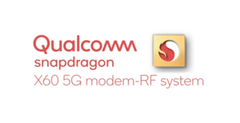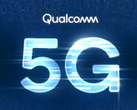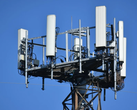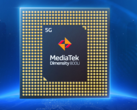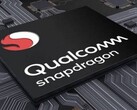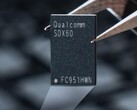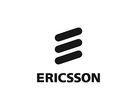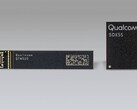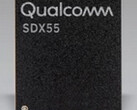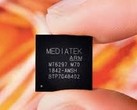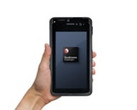Carrier aggregation, or the magnification of data-transfers available to a given user through combining the bandwidth of individual frequencies, is largely taken for granted by 4G/LTE networks. However, this potential asset to reliability and speed is not within the reach of 5G to the same extent. However, Qualcomm and Ericsson has announced that this situation may be subject to change soon.
The two companies have worked together on the use of multiple frequencies (or "carriers") from the sub-6GHz bands of 5G. They have reported successful data calls using aggregrated 60 and 100 megahertz (MHz) carriers within the 2.5 GHz (or n41) TDD band in a 70% down-link configuration and using 4x4 MIMO.
This test, conducted at Ericsson faciliities located in Beijing, China, reportedly resulted in a top speed of 2.5 gigabits per second (Gb/s). The partners conducted another test in Sweden in which the 20MHz carrier from the 600MHz (n71) FDD band was successfully combined with one of 100MHz from the 2.5GHz (n41) TDD band.
These "milestones" were achieved using the standalone variety of sub-6GHz 5G. They also incorporated that new Snapdragon X60 modem, rather than the X55 found in many up-to-date flagship phones alongside Ericsson Radio System equipment.
The two OEMs now claim that this latest result of their new-radio project "significantly enhances the performance of 5G networks worldwide, unlocking even higher average speeds and better coverage for consumers.”




